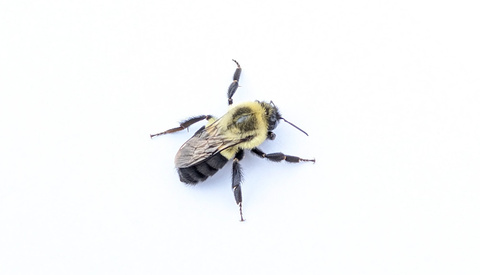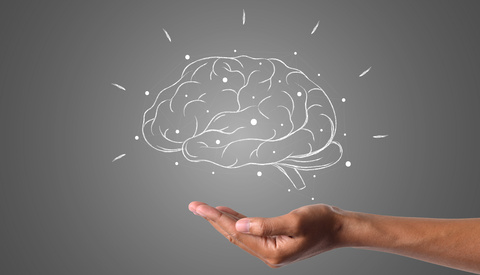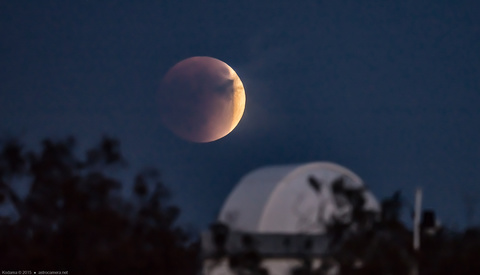Quantum Camera for Cancer Detection: Ultra-Sensitive Imaging to Spot Tumors Early
Scientists are reporting progress on a “quantum camera” that could vastly improve early cancer detection by capturing visual details that conventional medical imaging might miss. This next-generation camera is designed to be so sensitive that it can detect a single photon of light – the smallest possible unit of illumination. By leveraging principles of quantum physics, the device would produce extremely high-contrast, high-resolution images of biological tissues, potentially allowing doctors to see cancerous cells or tumors at a much earlier stage than current technology permits.

































